This is an authorized translation in English of a post in French by @japon: On vous ment sur Kyoto
As my primary language is not English, there are probably some mistakes in my translation.
Remember that the person that speaks here is NOT me, Vincent Celier (@vcelier), but @japon, a French guy.
After a few days in Tokyo, here I am in the Shinkansen for two weeks in Kyoto. I was excited to discover this city that embodies so much of what I came looking for in Japan. The 500 kilometers that separate the two cities are swallowed in two hours and a half, just the time to eat a Bento bought at the station before leaving, and two onigiri, these rice triangles filled with various ingredients.
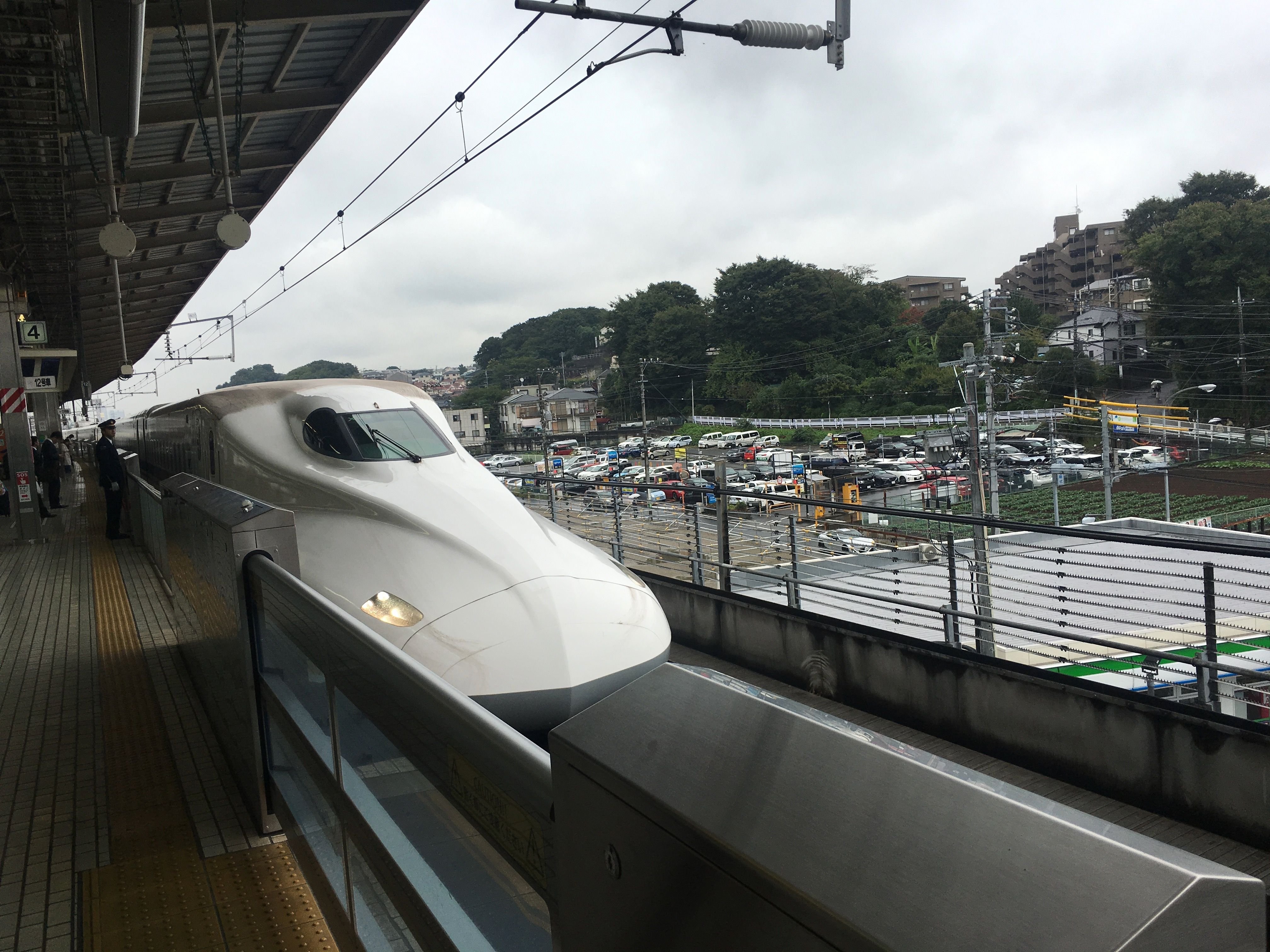
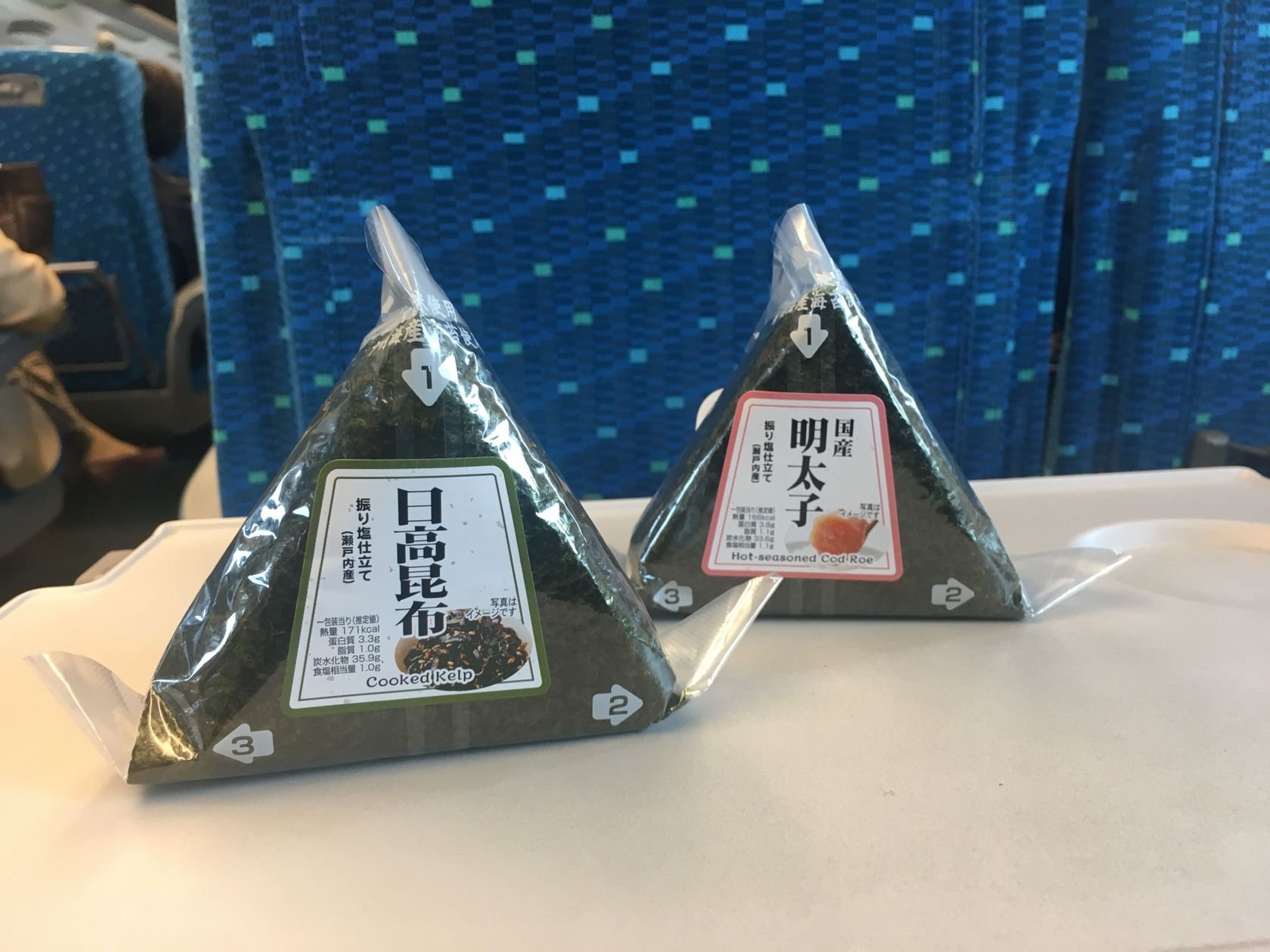
"Kyoto! Kyoto desu!" Here I am in the old imperial capital. There are many people in the station, many tourists but also Japanese. A cosmopolitan atmosphere that I appreciate because it is often the opportunity to make surprising encounters.
The first images of the station were like a shock. Ultra-modern, metal, glass and concrete are ubiquitous. I tell myself that this station is really not the image of this city with its rich history. I inquire where to get a bus plan, it's on the second floor.
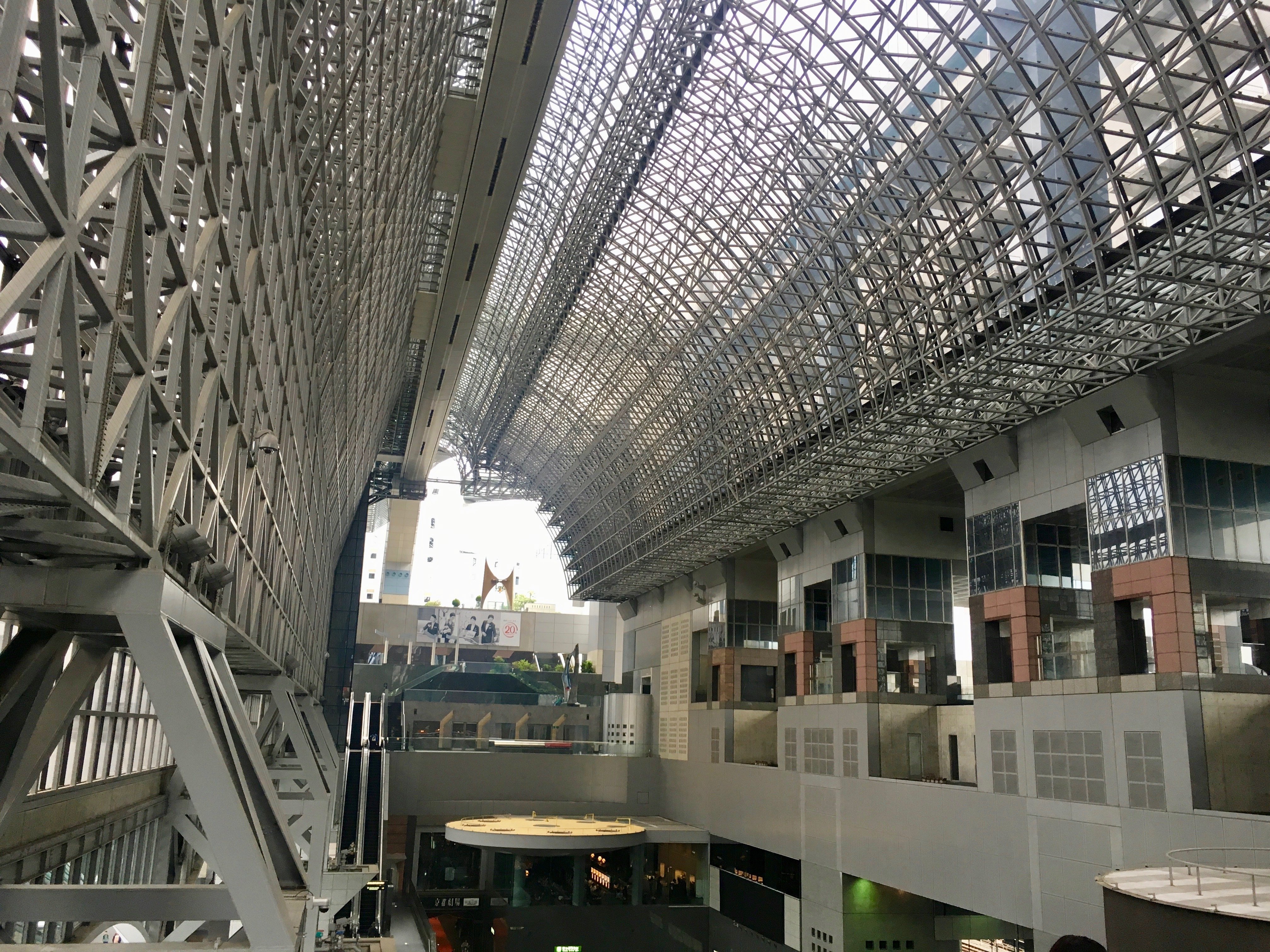
I notice some luggage lockers; my ryokan (a traditional Japanese inn) opens at 4PM, so I have a little time in front of me. The deposit costs 500 yen, and the automatic machine only accepts coins of 100 and 500 yen, I do not have the change. A Japanese man who sees my embarrassment comes to me and changes me a few coins against the junk I had accumulated in recent days. I finally leave my bag in a locker and go out to take my first steps in the city.
Buildings, cars, traffic. It's noisy. So that's Kyoto? I admit that I was disappointed, I did not expect that. For me, who was expecting to arrive in a real open air museum, the disappointment was great. I cannot even say that Kyoto is a pretty city. It has no particular charm, it's just a very urbanized city, as we see everywhere in the world. Shopping streets in which are displayed the major clothing brands, some shops for tourists. But, what am I doing here ...
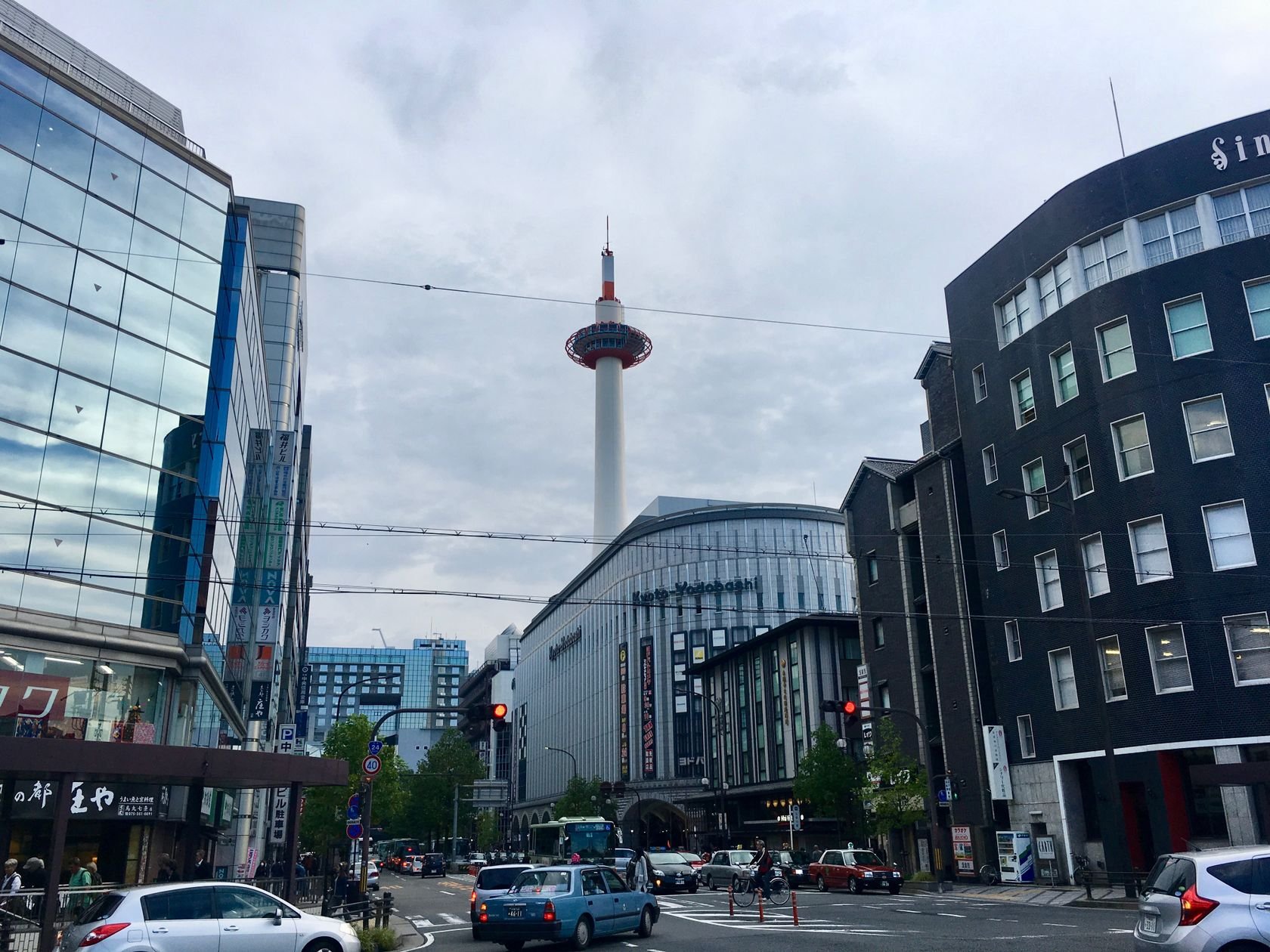
I head for a Buddhist temple which is not far from the station, the Tō-ji. The garden is nice with its small pond and its carefully cut vegetation. In one corner, a large pagoda. This is not a must see place in Kyoto, but as it is close to the station I took advantage of it. But I still had the mind disturbed by this image of the city.

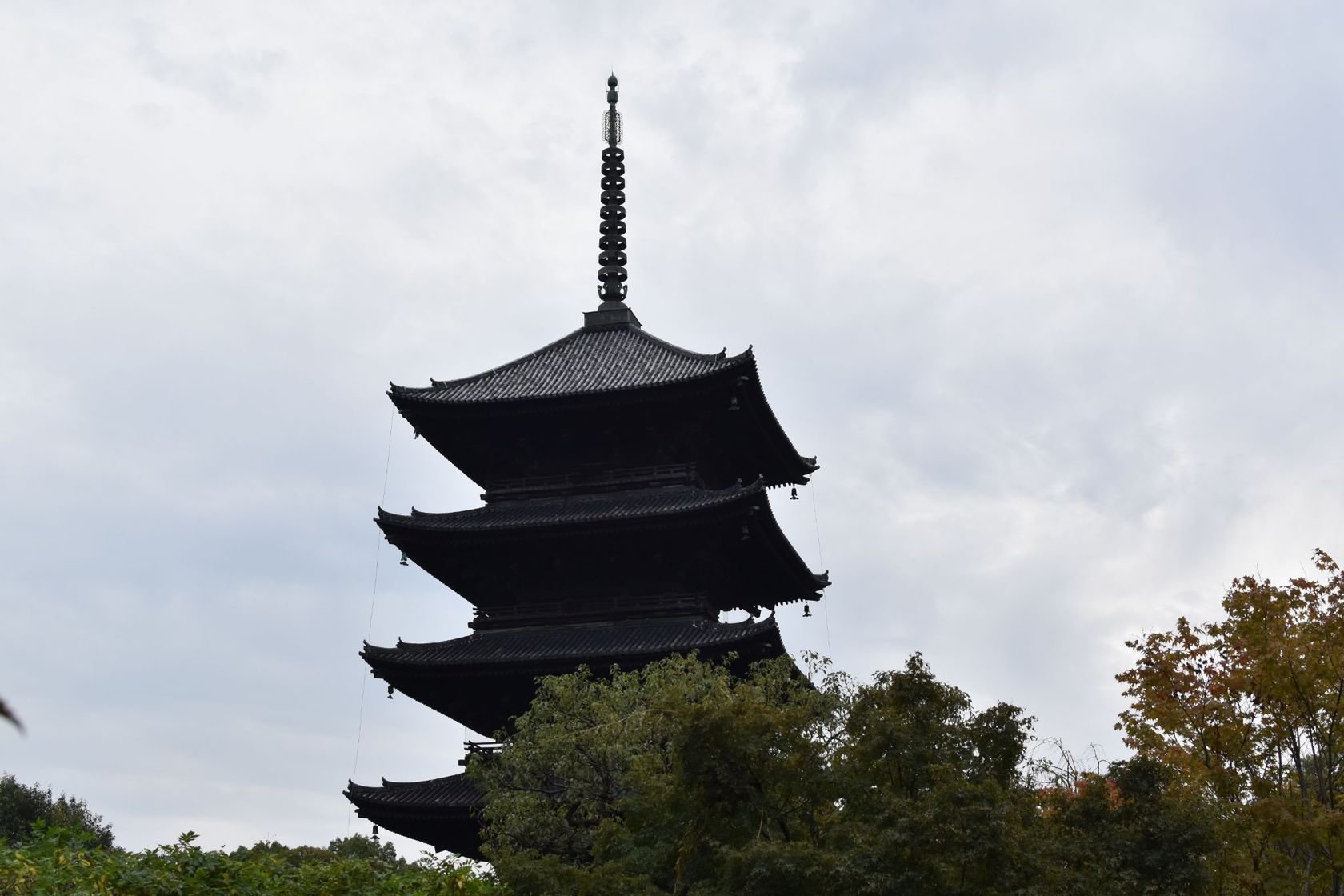
Where are these beautiful temples? Where are these wonderful gardens? Where are these places that tourist guides sell us? Would they have lied to me?
I take the subway to Gion, in the heart of Kyoto, the old district of geisha. I can easily find my ryokan, in a small quiet street close to the Nishiki market (in which I will spend a lot of time the following days). I ring and enter, the owner receives me with a big smile. I greet her in Japanese.
"Ah, you speak Japanese, it's wonderful!", she tells me.
I answer him that her Japanese is better than mine. She starts to laugh and a complicity has settled between us, but I'll talk about it another time.
She accompanies me to my room and I ask her where is the historic district of Kyoto. She looked surprised. She did not understand my question. She tells me that we are right in the heart of Kyoto's historic district, the famous Gion district. Yet outside I only saw large avenues and shops with modern storefronts.
In fact this question did not make sense to her because I was too used to the architecture of Western cities. In France and more generally in Europe, the city center is the oldest, and the more one departs, the more modern it is. In Japan and more particularly in Kyoto it's not like that. Modernity and tradition are mixed. The temples and gardens are mostly on the outskirts of the city, especially in the areas of Higashiyama-ku and Arashiyama.
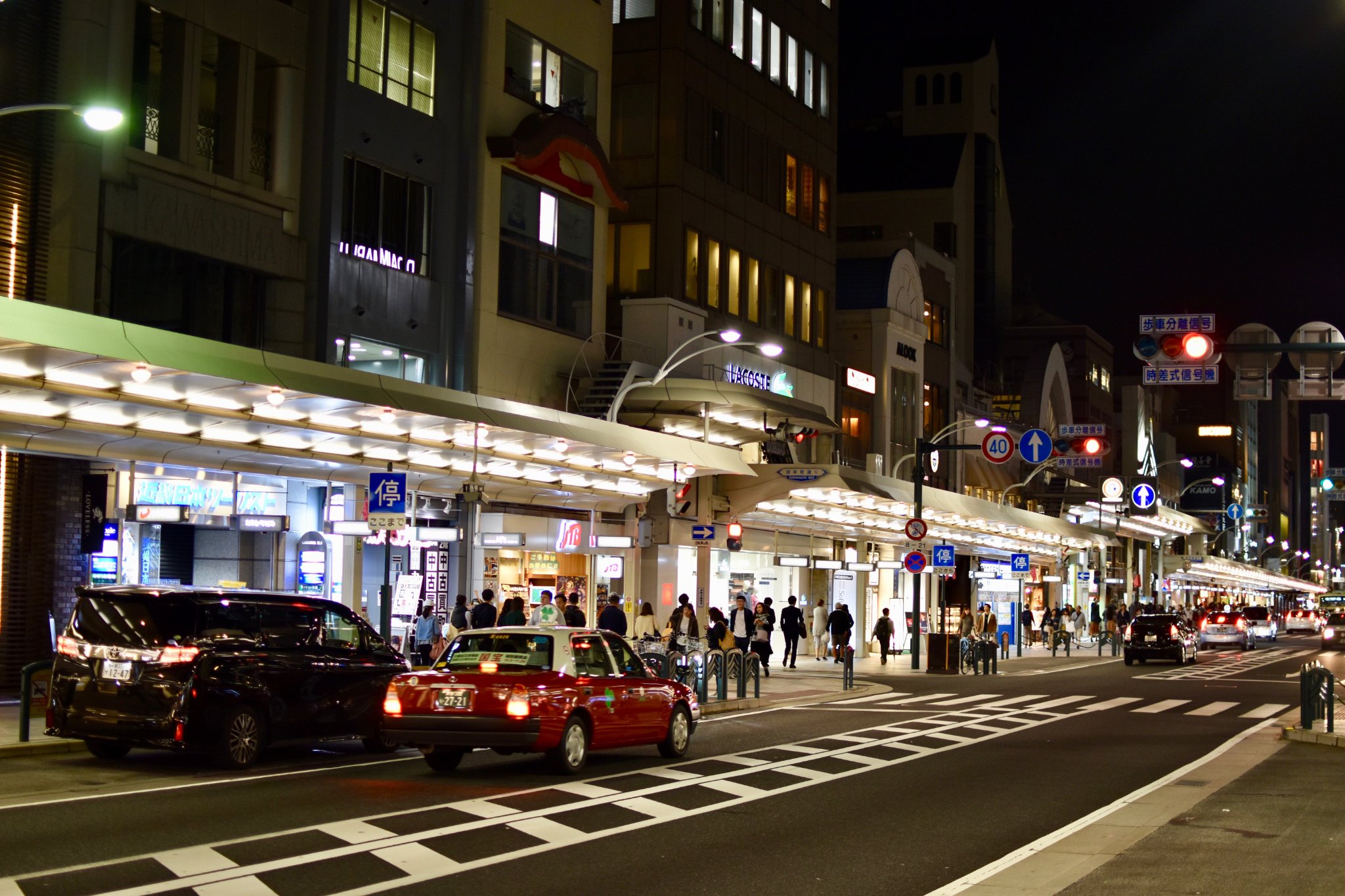
The next day I went looking for another face of Kyoto. I came out of the main streets, I walked instead of taking the bus. I took the little streets where nobody was going. And I discovered another Kyoto, more authentic, more intimate. There are fewer people, fewer cars, fewer tourists. I discover these little wooden houses with their facade so typical of the region.

The small street of Ponto-chō is a marvel at night, with its many small restaurants. On the other side of the river, Hanamikoji Street is the place to be to expect to see geishas. I only saw big black sedans parked in front of the traditional tea houses.

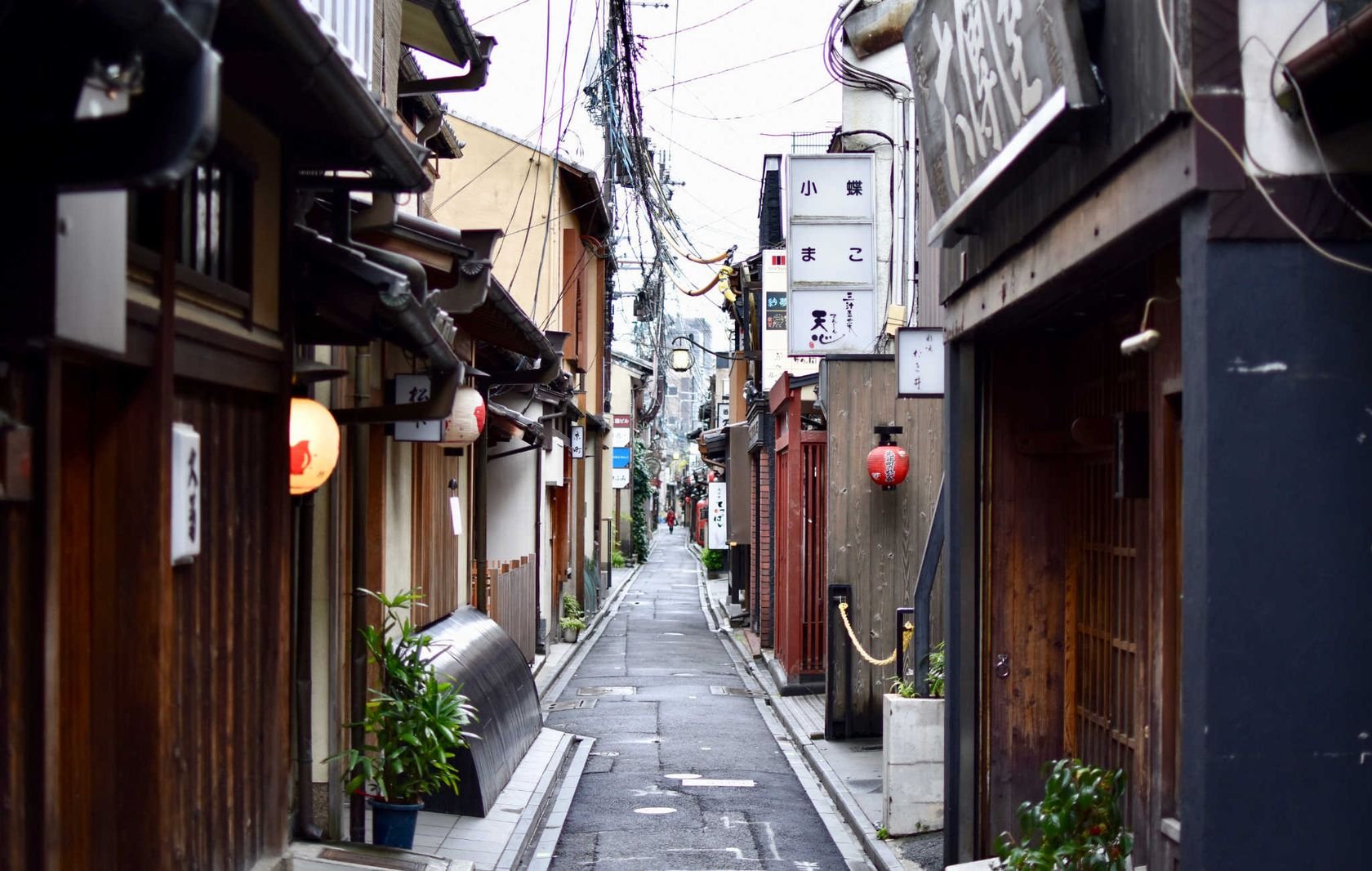
But it will be unacceptable to believe that these two streets are the only authentic places in the city. I walked tens of kilometers on foot, in a city that I learned to discover, to love. Kyoto is a historical pearl for those who take the time to know it. Simply staying in the Shij-Dori and its brand new shops is missing out on the most beautiful face of the city.
These two weeks in Kyoto were love at first sight. The disappointment of the first day has disappeared, I just opened my eyes.
-- @japon
Travel diary in Japan, by @japon
Tokyo, overcrowded city? Really? by @japon
Are the Japanese too disciplined? by @japon
Going to Japan without speaking Japanese? by @japon
Ueno, more than just a big park in Tokyo, by @japon
Asakusa, diving in the heart of Tokyo's historic district, by @japon
Ameyoko, Ueno's colorful market, by @japon
Tsukiji, the largest fish market in the world, by @japon
Climb the steps of Atago Jinja Shrine in Tokyo, by @japon
Hama Rikyu, an exceptional park in the heart of Tokyo, by @japon
Jimbocho, old books and tempura, by @japon
Shinjuku Gyoen Park and the best burger in the world!, by @japon
One night in Shibuya, by @japon
Takeshita dori : this little street dedicated to fashion (and good crepes), by @japon
